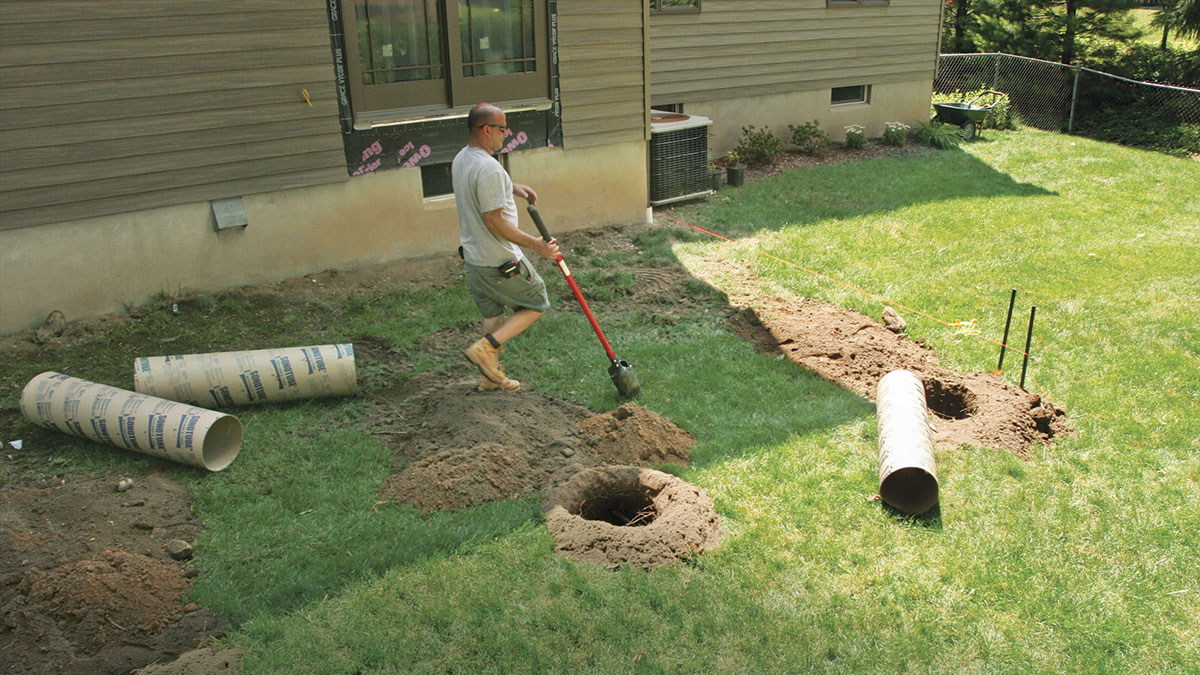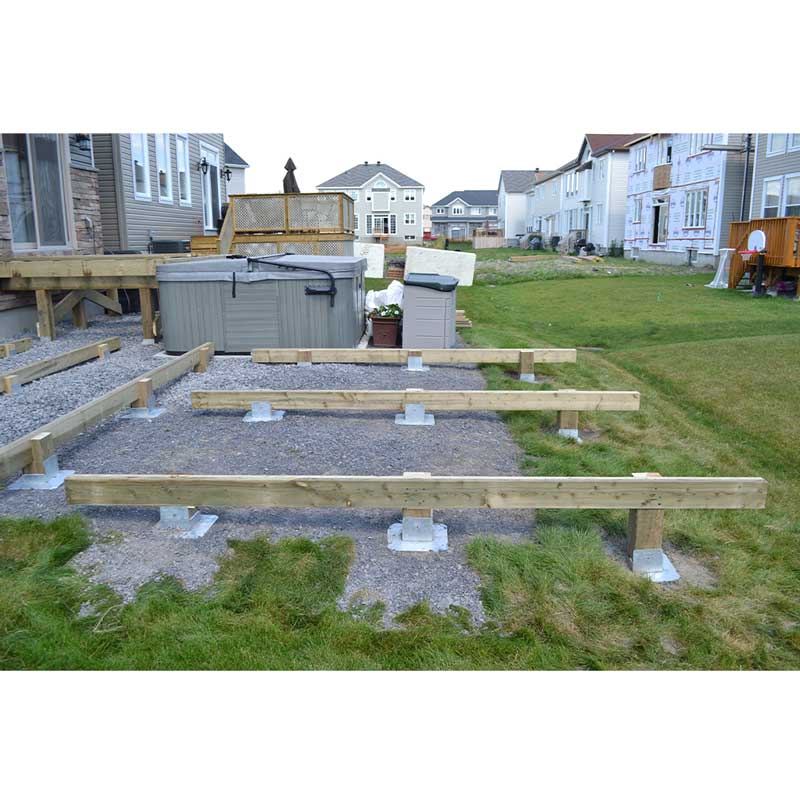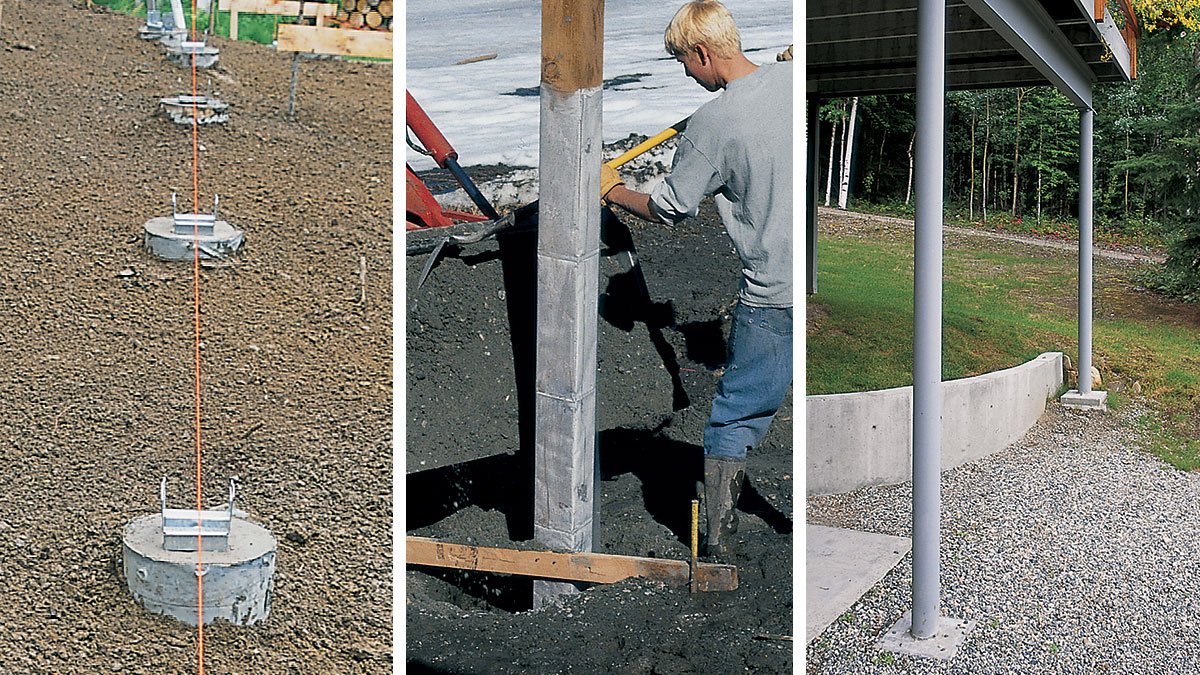A Strong Foundation for Your Oasis: Discovering the Value of Deck Footings in Outdoor Frameworks
Make Sure Security and Durability With Appropriately Set Up Deck Footings
Deck grounds may not be the most extravagant aspect of deck building, yet they play an important duty in guaranteeing stability and durability. In this conversation, we will explore the relevance of proper deck grounds, factors to think about throughout installment, various types of footings available, detailed installment overview, and upkeep ideas for ensuring lasting grounds.

Significance of Proper Deck Grounds
Why are effectively mounted deck grounds critical for the stability and long life of your deck? Deck footings are the structure on which the deck rests, moving the load from the deck to the ground.
Firstly, correctly installed deck footings disperse the weight of the deck equally, protecting against any kind of irregular settling or sinking. This is especially crucial in areas with unstable dirt, as it aids to alleviate the danger of the deck falling down or changing. Furthermore, well-installed footings ensure that the deck remains degree, protecting against any kind of structural damage that can occur when a deck comes to be irregular.
Second of all, effectively installed footings offer a solid anchor for the deck, avoiding extreme movement and guide. This assists to preserve the structural integrity of the deck, decreasing the threat of injuries or accidents. It additionally reduces the wear and tear on the deck, enabling it to endure the components and routine usage for a longer amount of time.
Factors to Take Into Consideration for Deck Footing Installment
When installing deck footings, there are numerous crucial factors to think about for correct setup. Different dirt kinds have various load-bearing abilities, so it is crucial to carry out a soil test to guarantee the grounds can sustain the weight of the deck and its residents. By taking into account these variables, you can make sure the appropriate setup of deck grounds and appreciate a long-lasting and secure deck.
Types of Deck Grounds to Select From
There are several various kinds of deck footings readily available for you to select from. Each type has its very own benefits and drawbacks, so it's essential to consider your details requirements and the problems of your deck before making a decision.
One typical kind of deck footing is the concrete ground. This entails excavating holes in the ground and pouring concrete into them to develop a strong structure. Concrete footings are durable and provide excellent security, making them ideal for decks in locations with difficult soil conditions or high wind loads.
An additional alternative is the helical pier ground, which includes a steel shaft with helical plates that are screwed into the ground. These footings fast to install and can be used in numerous soil types, consisting of sandy or clay dirts. They are likewise adjustable, enabling very easy progressing of the deck.
Sonotube grounds are an additional preferred option. These footings are created by positioning a cardboard tube in an opening and loading it with concrete. Sonotube footings are fairly easy to install and provide ample security for smaller sized decks or in areas with less requiring dirt conditions.

When selecting the sort of deck footing, it's crucial to think about variables such as soil problems, deck dimension and weight, local building codes, and personal choices. By picking the appropriate footing type, you can guarantee the security and durability Extra resources of your deck.
Step-by-Step Guide for Setting Up Deck Footings

Figure out the location: Begin by noting the exact setting of each ground using stakes and string (Deck Footings). Consider any regional building ordinance or regulations relating to setback distances
Dig the holes: Use an article opening digger or an auger to dig the holes for the footings. The deepness will certainly depend on the frost line in your area and the type of dirt. Usually, a depth of a minimum of 36 inches is suggested for security.
Level the holes: Guarantee that all-time lows of the openings are degree (Deck Footings). This can be achieved by using a degree or a straight board across the top of the holes
Add gravel: Place a layer of gravel at the end of each hole to improve water drainage and avoid the footing from penetrating the soil with time.
Insert the ground forms: Place the footing forms right into the openings, guaranteeing they are focused and degree. Use stakes to protect them in location.
Mix and pour concrete: Follow the instructions on the concrete mix bag to prepare the concrete. Pour the concrete right into the footing types, filling them completely.
Smooth the surface area: Make use of a trowel to smooth the surface area of the concrete and get rid of any type discover this of air pockets. Enable the concrete to cure according to the manufacturer's instructions.
Upkeep Tips for Durable Deck Grounds
Proper upkeep is critical for ensuring the long life and stability of deck grounds. By routinely inspecting and maintaining your deck grounds, you can avoid damages and potential security hazards.
Regular cleaning is also crucial for maintaining deck grounds. Particles, dirt, and plants can gather around the footings, which can result in moisture build-up and degeneration. Cleaning the footings on a regular basis, using a stress or a brush washing machine, can aid avoid these problems and prolong the life-span of your deck.
Along with cleaning, it is essential to maintain the location around the grounds free from any obstructions. Avoid stacking products versus the grounds or permitting plants to expand also near them. These obstructions can trap moisture click and cause the footings to weaken gradually.
Last but not least, regular resealing of the grounds is advised to shield them from dampness and various other ecological variables. Using a waterproof sealer can aid protect against water damages and expand the life-span of the grounds.
Conclusion
To conclude, appropriate setup of deck footings is essential for guaranteeing stability and longevity of your deck. Factors such as dirt kind, tons capability, and regional building regulations require to be taken into consideration when picking the appropriate sort of deck footings. Following a detailed overview for setup and regular maintenance will certainly assist to guarantee the footings continue to be sturdy and resilient.
In this conversation, we will certainly explore the importance of correct deck footings, factors to take into consideration throughout installation, various types of footings readily available, step-by-step installation overview, and maintenance pointers for making sure lasting grounds. Deck footings are the foundation on which the deck relaxes, moving the tons from the deck to the ground.One common kind of deck footing is the concrete ground. Insert the footing kinds: Place the ground develops into the holes, guaranteeing they are centered and degree.In final thought, correct setup of deck grounds is vital for ensuring security and longevity of your deck.